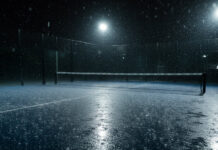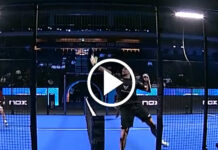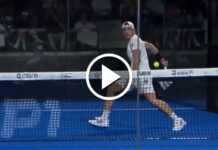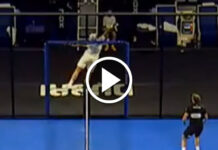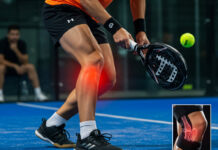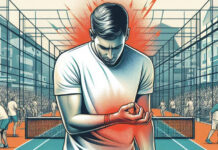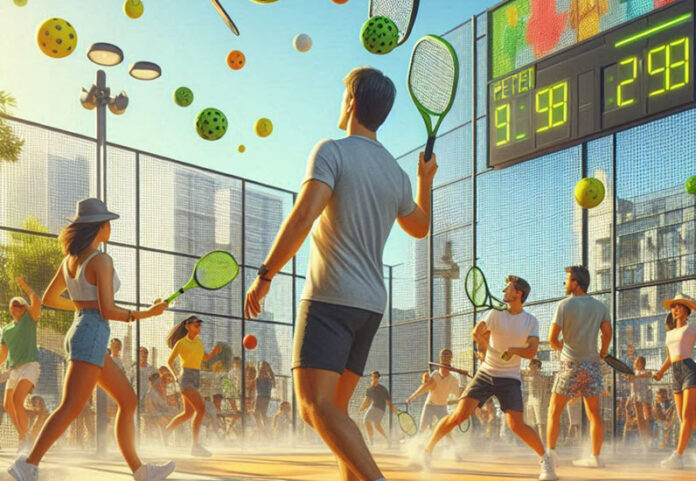Accoring to a refent poll from the Padel Magazine, 70% of the interviewed people beleive that padel will be more popular than pickleball in the United States.
Padel is rapidly gaining traction across the globe, and the United States is no exception. While pickleball has enjoyed a surge in popularity, padel’s unique attributes and growing appeal suggest it may soon surpass pickleball in the hearts of American sports enthusiasts.
One of the key reasons for padel’s rising popularity is its social nature. Played in doubles, padel fosters a sense of community and camaraderie among players. The enclosed court, which allows for strategic use of walls, creates longer rallies and more engaging gameplay. This aspect not only makes the sport more exciting but also encourages social interaction, making it a favorite for those looking to combine fitness with fun.
Another factor contributing to padel’s appeal is its accessibility. The sport is relatively easy to learn, with a lower physical demand compared to other racket sports. This makes it suitable for players of all ages and skill levels. The smaller court size and the use of walls mean that players can enjoy longer rallies without the need for extensive running, making it an attractive option for those seeking a less strenuous yet still competitive sport.
Padel’s global growth is also a significant indicator of its potential to outshine pickleball. Originating in Mexico and gaining immense popularity in Spain, padel has established a strong presence in Europe, Latin America, and the Middle East. This international appeal is now spreading to the United States, with new padel clubs and courts opening across the country. The sport’s established popularity in other regions provides a solid foundation for its growth in the U.S.
Moreover, the investment in padel infrastructure is on the rise. With more clubs and courts being built, the accessibility of the sport is increasing. This investment is not only in physical infrastructure but also in promoting the sport through tournaments and events, which help to raise awareness and attract new players.
In conclusion, while pickleball has certainly made its mark, the unique attributes of padel—its social nature, accessibility, global appeal, and growing infrastructure—position it to become even more popular in the United States. As more Americans discover the excitement and community that padel offers, it is poised to become the next big thing in racket sports.


